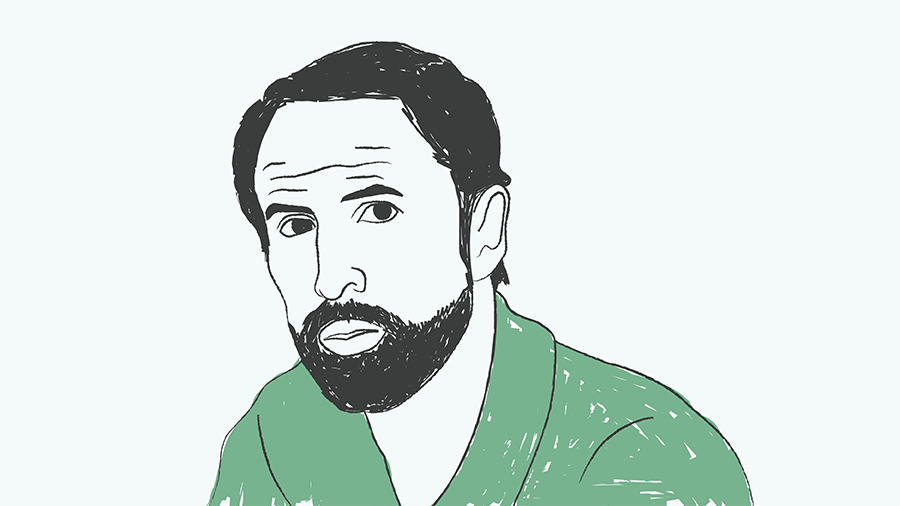A few years ago, Bain conducted a major piece of research looking for the holy grail of management consultancy: what makes an excellent firm. They found stars – employees who made an outsized contribution to performance – in abundance, typically in highly specialised and creative roles. Star corporate lawyers performed 12 times better than the average, Bain said, while star hairdressers performed twice as well.

But the stars weren’t where they expected – concentrated in the highest performing businesses. In fact, they were fairly evenly distributed among best and worst faring firms. What was different was the roles they were in. In top quartile companies, stars filled 95% of business critical roles; in the rest, they were scattered between teams, roles and functions.
The implication seemed clear: talent strategies should be about finding your best people, defining your most important roles, then bringing them together.
It’s a widespread view – rival McKinsey has long advocated something similar, with its multi-decade War for Talent suggesting ruthlessly prioritising your A-players, developing your B-players and ditching the C-team. Prioritising means in this case ‘making yourself attractive to’, in terms of pay and development, and broadly this is what most people do.
But what if by focusing all our attention on how to attract and retain and deploy stars, we’re actually getting this whole talent thing back to front?
The problem with being talent-first
Of course you want great people, and of course you want the right people in the right places. But as Malcolm Gladwell pointed out nearly 20 years ago, it’s possible to take this too far, fetishising talent in your organisation, the desire to have A employees turning into an argument for indulging them and fawning over them.
Those marked out as stars, Gladwell wrote, “begin to define themselves by that description, and when times get tough and that self-image is threatened they have difficulty with the consequences.”
The company that he suggested epitomised this talent-first mentality and its associated downsides? Enron.
Enron was an extreme case, but it is surprising to be reminded that the disgraced corporation was repeatedly held up as a great example of a company successfully waging the war for talent by McKinsey itself, before its collapse.
It was characterised by the recruitment of elite graduates and MBAs, followed by rapid career ascension for top employees, who were often given free reign to pursue their ideas or leave for positions elsewhere in the company that interested them, no matter the consequences for the teams they left behind.
No one, Gladwell wrote, seemed worried that “the self-fulfillment of Enron’s star employees might possibly be in conflict with the best interests of the firm as a whole.”
Prioritising your stars ad extremis not only risks the smooth functioning of your organisation – or in Enron’s case its ability to manage bad behaviour – but also deprioritising everyone else who works there.
If you’re constantly celebrating your top 20% and giving them career opportunities and substantially better pay, you’re necessarily plonking the other 80% into the also-ran pile, which hardly seems likely to help with engagement or staff churn, particularly if stars are seen as born and not made.
That may seem a price worth paying, until you consider that the cost of a bad employee can often be greater than the gain from a good one (if you’re interested, some Harvard Business School research by Dylan Minor found the average net cost of getting rid of a bad apple – and cleaning up their mess – was $12,489), especially as your stars are unlikely to achieve much if they’re spending all their time managing teams of disgruntled employees.
Indeed, as author David Robson wrote recently for the BBC, there’s substantial evidence from the worlds of elite sports and ultra-competitive Wall Street equity analysts that parachuting high-performing ‘ringers’ into a team, with no consideration for team dynamics or fit, doesn’t improve performance.
In fact, sometimes, “thanks, perhaps, to the star players’ rutting egos, the teams with the highest number of stars often failed to collaborate effectively”. This also applies for creativity, Robson pointed out, with other team members generally suggesting fewer ideas once a creative individual joined.
Talent is contextual
Talent – i.e. the potential for performance – is obviously important, but it is not the solution to all your problems.
Firstly, as we’ve seen, organisational endeavour is a group activity, in some respects only as strong as its weakest link. It isn’t just about your best people.
Secondly, talent is contextual. This is why people so often perform well in one environment but fail to back it up elsewhere – they don’t fit the role or the team or the culture or the values of your business, and so they languish.
As Gladwell put it, “the talent myth assumes that people make organisations smart; more often than not, it’s the other way around.” So perhaps the best way to think about your talent strategy is not to wonder how to fill your organisation with stars, but to focus on how you can help anyone to shine.
This isn’t to say that you shouldn’t have a sense of who your top performers or high-potentials are, and what roles they could play to have the biggest impact. That’s only sensible.
But it’s important not to lose sight of the fact that the best organisations aren’t great just because of who works there, they’re great because they are well-led, well-managed, with a clear vision, and humanistic cultures that promote high standards and a growth mindset.
They bring the best out of people, which is of course why they then attract and keep the highest-potential people, in a virtuous cycle. So celebrate your stars by all means, but don’t rely on them alone to take you where you want to go. Concentrate on being a place that realises talent, and the talent will come.
















